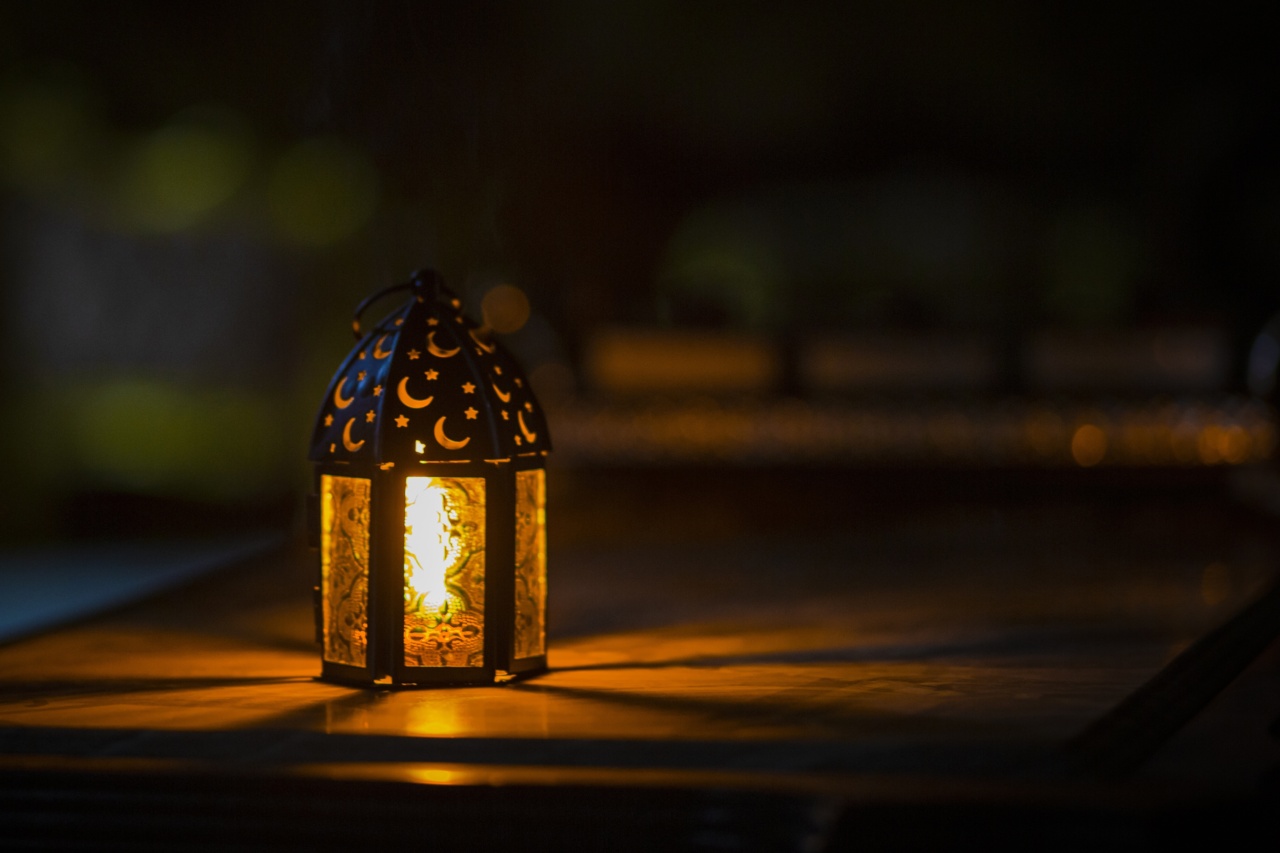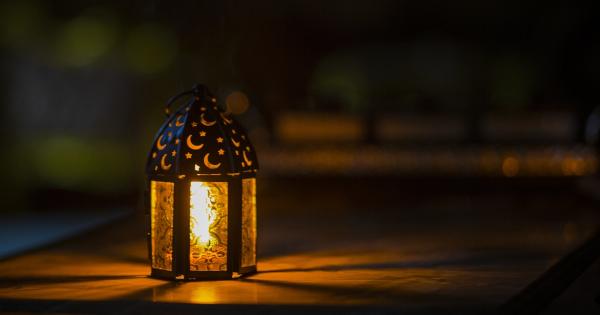Getting a good night’s sleep is essential for our overall health and well-being. However, there are several factors that can disrupt our sleep, one of them being external lights.
In today’s modern world, where technology is pervasive, illuminated screens and artificial lighting are ubiquitous. From smartphones, tablets, and computers to streetlights and LED displays, these sources of light can interfere with our sleep patterns and affect the quality of our rest.
In this article, we will explore the impact of lit light on our sleep and discuss how much it bothers us.
Understanding Sleep and Its Importance
Sleep plays a vital role in maintaining our physical and mental health. During sleep, our bodies undergo various restorative processes, such as tissue repair, hormone release, and memory consolidation.
The quality and duration of our sleep directly impact our mood, memory, cognitive function, immune system, and overall well-being. Disruptions to this essential process can lead to sleep disorders, fatigue, decreased productivity, and even chronic health conditions.
Light and Its Effect on Sleep
Light, particularly the blue light spectrum, has a significant impact on our sleep-wake cycle, also known as the circadian rhythm. Our bodies are naturally tuned to the Earth’s 24-hour light-dark cycle.
When exposed to light, especially blue light wavelengths, our brains interpret it as a signal to wake up and stay alert. This is beneficial during the daytime, as sunlight helps regulate our internal body clock and promotes wakefulness.
However, in the evening and at night, exposure to bright light, especially from electronic devices, can suppress the production of melatonin.
Melatonin is a hormone that helps regulate our sleep-wake cycle, signaling to our bodies that it is time to wind down and prepare for sleep. Prolonged exposure to artificial light, especially right before bedtime, can delay the onset of sleep, reduce the duration of sleep, and disrupt the overall quality of our rest.
The Disruptive Effects of Lit Light on Sleep
The presence of lit light can have several negative effects on our sleep:.
1. Delayed Sleep Onset
Exposure to bright light, particularly blue light emitted by electronic devices, can delay the onset of sleep.
When we expose ourselves to screens or other illuminated sources, it suppresses the release of melatonin, making it harder for us to fall asleep when we want to. This delay in falling asleep can result in a shorter overall duration of sleep, leading to daytime sleepiness and decreased alertness.
2. Reduced Sleep Duration
The presence of lit light, especially in the bedroom, can lead to shorter and fragmented sleep. Even small amounts of light can disrupt the REM (rapid eye movement) sleep cycle, which is crucial for memory consolidation and cognitive function.
Artificial lighting can interfere with the natural progression of sleep stages, resulting in disrupted and shallower sleep.
3. Altered Sleep Quality
Artificial light pollution can negatively affect the overall quality of our sleep. Even if we manage to fall asleep and stay asleep, the presence of lit light can cause more frequent awakenings during the night.
This disruption can lead to a decrease in deep sleep, impairing the restorative functions of our bodies during the sleep cycle. Consequently, we may wake up feeling groggy, tired, and unrefreshed.
4. Impact on Melatonin Production
The blue light emitted by electronic screens can suppress the production of melatonin, a hormone responsible for regulating our sleep-wake cycle.
When this hormone is disrupted, our bodies receive mixed signals about when to sleep and when to stay awake. This disturbance can lead to irregular sleep patterns and difficulty maintaining a consistent sleep schedule.
5. Increased Risk of Sleep Disorders
Prolonged exposure to lit light, especially in the late evening or at night, can increase the risk of developing sleep disorders such as insomnia.
Insomnia refers to difficulties falling asleep or staying asleep and can have significant consequences on our daily functioning. The constant exposure to artificial light can disrupt the natural sleep-wake patterns, making it harder to establish a healthy sleep routine.
Managing and Minimizing the Disruption
While the prevalence of lit light is difficult to escape in our modern lifestyles, there are steps we can take to minimize its disruptive effects on our sleep:.
1. Limit Screen Time Before Bed
Avoiding the use of electronic devices with bright screens at least an hour before bedtime can help signal to our bodies that it’s time to wind down.
Instead, engage in relaxing activities, such as reading a book or practicing meditation, to promote relaxation and prepare for sleep.
2. Create a Sleep-Friendly Environment
Minimize the presence of artificial light in the bedroom by using blackout curtains, shades, or sleep masks to create a dark sleep environment.
Cover any electronic devices with bright lights, such as blinking LEDs, as even these can disrupt sleep patterns.
3. Use Light-Filtering Applications
Many electronic devices offer blue light filters or applications that reduce the amount of blue light emitted. Activating these filters can help mitigate the impact of blue light on melatonin production and aid in falling asleep more easily.
4. Opt for Warm and Dim Lighting
Replace bright, cool-toned light bulbs with warmer and dimmer ones in the bedroom. Avoid using overhead lights or intense lighting before bedtime, as they can interfere with your ability to wind down and transition into a sleep-ready state.
5. Establish a Consistent Sleep Schedule
By sticking to a regular sleep schedule, our bodies can establish a natural rhythm, making it easier to fall asleep and wake up at the desired times. Consistency helps regulate the production of melatonin and reinforces healthy sleep patterns.
Conclusion
Lit light, particularly in the form of blue light emitted by electronic devices, can significantly disrupt our sleep patterns.
Delayed sleep onset, reduced sleep duration, altered sleep quality, impact on melatonin production, and increased risk of sleep disorders are all potential consequences of exposure to artificial light. However, by adopting proactive measures to manage and minimize the disruptive effects, we can promote better sleep hygiene and overall well-being.































